Request Demo
Last update 02 Sep 2025
BI-1820237
Last update 02 Sep 2025
Overview
Basic Info
Drug Type Synthetic peptide |
Synonyms BI 1820237, BI1820237, GUB-002496 + [1] |
Target |
Action agonists |
Mechanism NPY2R agonists(Neuropeptide Y receptor type 2 agonists) |
Therapeutic Areas |
Active Indication |
Inactive Indication- |
Originator Organization |
Active Organization |
Inactive Organization |
License Organization |
Drug Highest PhasePhase 1 |
First Approval Date- |
Regulation- |
Login to view timeline
Related
3
Clinical Trials associated with BI-1820237NCT06352424
A Single-dose, Randomized, Placebo-controlled Phase I Study on the Effects of a Subcutaneous Dose of BI 1820237 and BI 456906, and Combination Thereof on Functional MRI Measurements in Otherwise Healthy Male and Female Individuals With Obesity/Overweight (Single-blind, Cross-over Design)
The main objective of this trial is to investigate the effect of BI 1820237 alone, BI 456906 alone, combination of BI 1820237 and BI 456906 versus placebo on brain activity.
Start Date30 Apr 2024 |
Sponsor / Collaborator |
NCT05751226
Safety, Tolerability, Pharmacokinetics, and Pharmacodynamics of Different Titration Schedules of Subcutaneous Doses of BI 1820237 Alone or Together With Either Semaglutide or BI 456906 in Otherwise Healthy Male and Female Individuals With Obesity/Overweight (Multiple Dose, Single-blind, Randomised, Placebo-controlled, Parallel Group Design)
This study is open to adults between 18 and 55 years of age who are living with overweight or obesity. People with a body mass index (BMI) from 27 to 40 kg/m2 can join the study.
The main purpose of this study is to find out how a medicine called BI 1820237 is tolerated by people with overweight or obesity when taken alone or in combination with a medicine called semaglutide or with a medicine called BI 456906.
Participants are divided into different groups. All participants in the study either take different doses of BI 1820237 or placebo. Some of the groups take either semaglutide or BI 456906 in addition.
Each participant has an equal chance of being in each group. All participants receive the study medicines as injections under the skin once a week for almost 5 months. Placebo injections look like BI 1820237 injections, but do not contain any medicine. Semaglutide is medicine that is already used for overweight or obesity. BI 456906 is another medicine that is being developed for the treatment of overweight and obesity. Participants are in the study for about 7 months. During this time, they visit the study site regularly. For some of the visits, the participants remain at the study site for 1 or 2 nights. At the study visits, the doctors check the health of the participants and note any health problems that could have been caused by BI 1820237, semaglutide, or BI 456906.
The main purpose of this study is to find out how a medicine called BI 1820237 is tolerated by people with overweight or obesity when taken alone or in combination with a medicine called semaglutide or with a medicine called BI 456906.
Participants are divided into different groups. All participants in the study either take different doses of BI 1820237 or placebo. Some of the groups take either semaglutide or BI 456906 in addition.
Each participant has an equal chance of being in each group. All participants receive the study medicines as injections under the skin once a week for almost 5 months. Placebo injections look like BI 1820237 injections, but do not contain any medicine. Semaglutide is medicine that is already used for overweight or obesity. BI 456906 is another medicine that is being developed for the treatment of overweight and obesity. Participants are in the study for about 7 months. During this time, they visit the study site regularly. For some of the visits, the participants remain at the study site for 1 or 2 nights. At the study visits, the doctors check the health of the participants and note any health problems that could have been caused by BI 1820237, semaglutide, or BI 456906.
Start Date11 Apr 2023 |
Sponsor / Collaborator |
NCT04903509
Safety, Tolerability, Pharmacokinetics, and Pharmacodynamics of Single Rising Subcutaneous Doses of BI 1820237 Alone (Trial Parts 1+2) or Together With a Low Dose of Liraglutide (Trial Part 3) in Otherwise Healthy Male Subjects With Overweight/Obesity (Single-blind, Randomised, Placebo-controlled, Parallel Group Design)
The main objective of this trial is to investigate safety, tolerability and pharmacokinetics (PK) and pharmacodynamics (PD) of BI 1820237 alone or together with a single low dose of liraglutide in male subjects with overweight/obesity (otherwise healthy) following subcutaneous administration of single rising doses.
Start Date08 Jun 2021 |
Sponsor / Collaborator |
100 Clinical Results associated with BI-1820237
Login to view more data
100 Translational Medicine associated with BI-1820237
Login to view more data
100 Patents (Medical) associated with BI-1820237
Login to view more data
2
Literatures (Medical) associated with BI-182023701 Sep 2025·Molecular Metabolism
Novel NPY2R agonist BI 1820237 provides synergistic anti-obesity efficacy when combined with the GCGR/GLP-1R dual agonist survodutide
Article
Author: Oldenburger, Anouk ; Grube, Achim ; Baljuls, Angela ; Krawczyk, Bartlomiej ; Hecksher-Sørensen, Jacob ; Zimmermann, Tina ; Brennauer, Albert ; Borghardt, Jens ; Baader-Pagler, Tamara ; Haebel, Peter ; Reindl, Wolfgang ; Martel, Eric ; Rudkjaer, Lise Biehl ; Peters, Stefan ; Augustin, Robert
OBJECTIVE:
Nutrient-stimulated gut hormone peptide YY3-36 (PYY3-36) selectively activates the neuropeptide Y2 receptor (NPY2R) and reduces energy intake in humans. We describe the discovery and pharmacology of the long-acting NPY2R agonist BI 1820237 and its potential bodyweight-lowering efficacy alone and in combination with the glucagon receptor (GCGR)/glucagon-like peptide-1 receptor (GLP-1R) dual agonist survodutide.
METHODS & RESULTS:
BI 1820237 dose-dependently reduced food intake and gastric emptying in lean mice. Significant bodyweight reductions were not observed with BI 1820237 alone in diet-induced obese mice, however combination with survodutide led to bodyweight reduction of 22% which was significantly (p < 0.01) greater than the 17% bodyweight reduction with survodutide alone. Regression-based interaction analysis demonstrated that BI 1820237 increased the efficacy of survodutide by 265% at an ED50 of 11.7 nmol/kg over a range of dose combinations.
CONCLUSION:
Synergistic NPY2R and GCGR/GLP-1R agonism provides an attractive mode of action for clinically relevant weight loss in patients with obesity.
01 Jan 2025·DIABETES OBESITY & METABOLISM
A randomized phase I study of BI 1820237, a novel neuropeptide Y receptor type 2 agonist, alone or in combination with low‐dose liraglutide in otherwise healthy men with overweight or obesity
Article
Author: Beetz, Nadine ; Kalsch, Brigitte ; Hennige, Anita M. ; Schmid, Bernhard ; Forst, Thomas ; Schultz, Armin
Abstract:
Aims:
Pharmacotherapeutic options for obesity treatment include glucagon‐like peptide‐1 receptor (GLP‐1R) agonists, for example, liraglutide. However, an unmet need remains, particularly in patients with a high body mass index (BMI), as GLP‐1R agonists are associated with gastrointestinal adverse events (AEs) and some patients do not respond to treatment. Neuropeptide Y (NPY) and peptide YY bind G‐protein‐coupled Y receptors and represent attractive targets for modulating bodyweight.
Materials and Methods:
This first‐in‐human, three‐part, partially blinded phase I study (NCT04903509) investigated the safety, tolerability, pharmacokinetics (PK) and pharmacodynamics (PD) of single ascending doses of the peptidic NPY2R agonist BI 1820237, with/without low‐dose liraglutide: part 1 (participants randomized to receive BI 1820237: 0.075–2.4 mg or placebo), part 2 (BI 1820237: 1.2 mg or placebo) and part 3 (BI 1820237: 0.025–1.2 mg + liraglutide 0.6 mg or placebo + liraglutide 0.6 mg). Primary endpoint is the proportion of participants with drug‐related AEs. Secondary endpoints are tolerability, PK and PD.
Results:
In total, 95 otherwise healthy men with increased BMI (25.0–34.9 kg/m2) were randomized. Drug‐related AEs, mainly gastrointestinal events, were reported by 39.0% of participants (n = 23) in parts 1 + 2 and 30.6% of participants (n = 11) in part 3; one drug‐related AE (11.1%, part 3) was reported in a participant receiving placebo with liraglutide. Post‐dose paracetamol PK suggested that BI 1820237 and low‐dose liraglutide exhibited additive effects on gastric emptying.
Conclusions:
BI 1820237 treatment was associated with transient nausea and vomiting at higher doses. No differences in tolerability were observed when combined with liraglutide; effects on gastric emptying appeared additive.
5
News (Medical) associated with BI-182023703 Mar 2025
AbbVie made its first foray into anti-obesity treatments, signing a $2.3-billion licensing deal with Danish firm Gubra to secure the latter’s long-acting amylin analogue, dubbed GUBamy (GUB014295), currently in early-stage clinical testing. "Our partnership with Gubra marks our entry into the obesity field, offering a compelling opportunity based on the potential to address patient needs while also fostering long-term growth for our company," said AbbVie CEO Robert Michael.Under the terms of the deal announced Monday, AbbVie will pay $350 million upfront for global rights to GUBamy, with Gubra eligible for additional milestone payments reaching up to $1.875 billion, as well as tiered sales royalties.In November, Gubra reported findings from the first part of a Phase I study, wherein healthy lean and overweight male participants receiving single GUBamy doses of between 3.5 mg and 6.0 mg achieved around 3% weight loss over six weeks compared with an approximate 1% gain in the placebo group. The second part of the trial investigating multiple ascending doses of the therapy is ongoing.In 2021, Gubra inked a deal with Boehringer Ingelheim to co-develop four obesity programmes, leveraging the former’s streaMLine platform. However, last year, Boehringer halted the development of BI 1820237, a long-acting NPY2 agonist, without disclosing a reason. While two assets remain in preclinical stages, the fourth one — a long-acting triple agonist peptide, dubbed BI 3034701 — entered Phase I testing last July. The Danish biotech also struck a discovery deal with Amylyx recently around a long-acting GLP-1 receptor antagonist.
Phase 1License out/inClinical Result
13 Nov 2024
The amylin field is heating up ahead of Novo Nordisk’s much-anticipated CagriSema readout later this year.
On Wednesday, Gubra
said
people taking high doses of its amylin analog, called GUBamy, had a mean loss of 3% of their body weight in a six-week single ascending dose trial. The placebo group, meanwhile, experienced a mean gain of about 1% body weight, the Danish biotech said.
Men who were “healthy lean and overweight” were included in the trial. Nausea and reduced appetite were frequent, and vomiting was “occasional” in the trial, Gubra said. Gastrointestinal side effects have been commonly reported with anti-obesity medicines.
The news comes the same day obesity biotech Metsera raised $215 million and said it had
started testing
its own amylin analog in an early-stage clinical study.
“I’m excited about these data. It’s confirming what we hoped for that GUBamy is well-tolerated and we were able to dose to quite high levels, and we saw some dose dependency in adverse events,” which is “exactly what you would expect from an amylin,” Gubra CEO Henrik Blou said in an interview with
Endpoints News
.
Gubra’s shares were up about 2%.
The company said it plans to share interim results from a multiple ascending dose study in the first half of next year. The biotech believes GUBamy, or GUB014295, can be dosed weekly given its 11 day half-life.
Blou declined to disclose Gubra’s expectations for weight loss in the MAD Phase 1b trial. Zealand Pharma’s amylin analog petrelintide led to a mean 8.6% weight loss in a MAD study
in June
, and the company quickly
raised $1 billion
off that data.
Asked if Gubra also plans to raise money or do a follow-on offering on the back of these data, Blou said Gubra has “no current plans” since the company is “currently well-financed.”
Gubra can take GUBamy into Phase 2a, the CEO said, but the company is also exploring partnerships. It counts Boehringer Ingelheim as a partner on other obesity programs.
There are likely multiple parties circling the company as amylin has come to the fore as a next-generation approach in the obesity drug landscape. Amylin and other approaches follow the first-generation GLP-1 medicines, which have opened up what is expected to be the biggest pharmaceutical market in history.
Novo’s CagriSema, which combines an amylin analog with Wegovy, is slated to have a Phase 3 readout before 2025. Zealand, meanwhile, boasted at the ObesityWeek conference that it believes amylin could potentially replace GLP-1s for some patients. Eli Lilly, AstraZeneca, Structure Therapeutics and others are also in the race.
GUBamy is one of multiple shots on goal for Gubra’s obesity pipeline. Its partner Boehringer
started testing
a triple agonist, of unknown mechanisms, in a Phase 1 this summer. However, Boehringer
ended work
on a different Gubra obesity drug last month. The duo is also working on other discovery-stage programs, and Gubra is working on its own with other targets, like UCN2 and GLP-1.
Blou said Gubra is “still gathering information” on the culled Boehringer drug, a neuropeptide Y receptor type 2 (NPY2) agonist known as BI 1820237. Once it gets the “full picture,” they’ll have a better idea of the drug’s future, he added.
Phase 1Clinical ResultPhase 2Phase 3
31 Oct 2024
Plus, news about Alnylam, Hutchmed, Wave Life Sciences and Matinas BioPharma:
Boehringer Ingelheim ends work with Gubra on obesity drug:
The German drugmaker
stopped
developing Gubra’s long-acting neuropeptide Y receptor type 2 (NPY2) agonist known as
BI 1820237
. The
pact
, which started in 2017, could have led to about $262 million in milestones for Gubra, the company previously said. The termination doesn’t impact the duo’s three other programs, including a triple agonist for obesity that
started a Phase 1 trial
this summer.
— Kyle LaHucik
Galapagos resumes CAR-T trial:
The Belgian drugmaker
resumed
enrollment in a Phase 1/2 study testing a BCMA CAR-T for certain multiple myeloma patients. The biotech had
paused
the study of GLPG5301 in August after a Parkinsonism event was seen in one patient. In its quarterly update, Galapagos also said it is looking for more external partners by way of research pacts, licensing deals or potential bolt-on acquisitions.
— Kyle LaHucik
Alnylam culls diabetes asset:
The drugmaker stopped development of an RNAi therapy in
Phase 1/2
for type 2 diabetes mellitus. The biotech attributed the termination to “portfolio prioritization efforts.”
— Kyle LaHucik
Hutchmed records $20M milestone:
The
payment
from Takeda occurred after colorectal cancer treatment Fruzaqla generated $200 million in sales. The drug was approved by the FDA last year.
— Jaimy Lee
Wave Life Sciences said preclinical obesity data support improved durability:
A single dose of Wave’s siRNA obesity treatment spurred “sustained change in body weight up to 12 weeks” in a mouse model. The data,
presented Wednesday at Wave’s research day
, suggest the potential for dosing only one or two times per year, according to the company. It also found that there was roughly two times greater weight loss when its siRNA was added onto a GLP-1 drug.
— Max Bayer
Matinas BioPharma lays off 15 workers:
The New Jersey biotech
ended
negotiations for its oral formulation of amphotericin B and let go its chief medical officer, business chief and technology chief. It had
32 employees
, as of March 18. Its stock
$MTNB
tumbled 65% on Thursday morning.
— Kyle LaHucik
Phase 1Drug Approval
100 Deals associated with BI-1820237
Login to view more data
R&D Status
10 top R&D records. to view more data
Login
| Indication | Highest Phase | Country/Location | Organization | Date |
|---|---|---|---|---|
| Obesity | Phase 1 | Germany | 08 Jun 2021 |
Login to view more data
Clinical Result
Clinical Result
Indication
Phase
Evaluation
View All Results
| Study | Phase | Population | Analyzed Enrollment | Group | Results | Evaluation | Publication Date |
|---|
No Data | |||||||
Login to view more data
Translational Medicine
Boost your research with our translational medicine data.
login
or
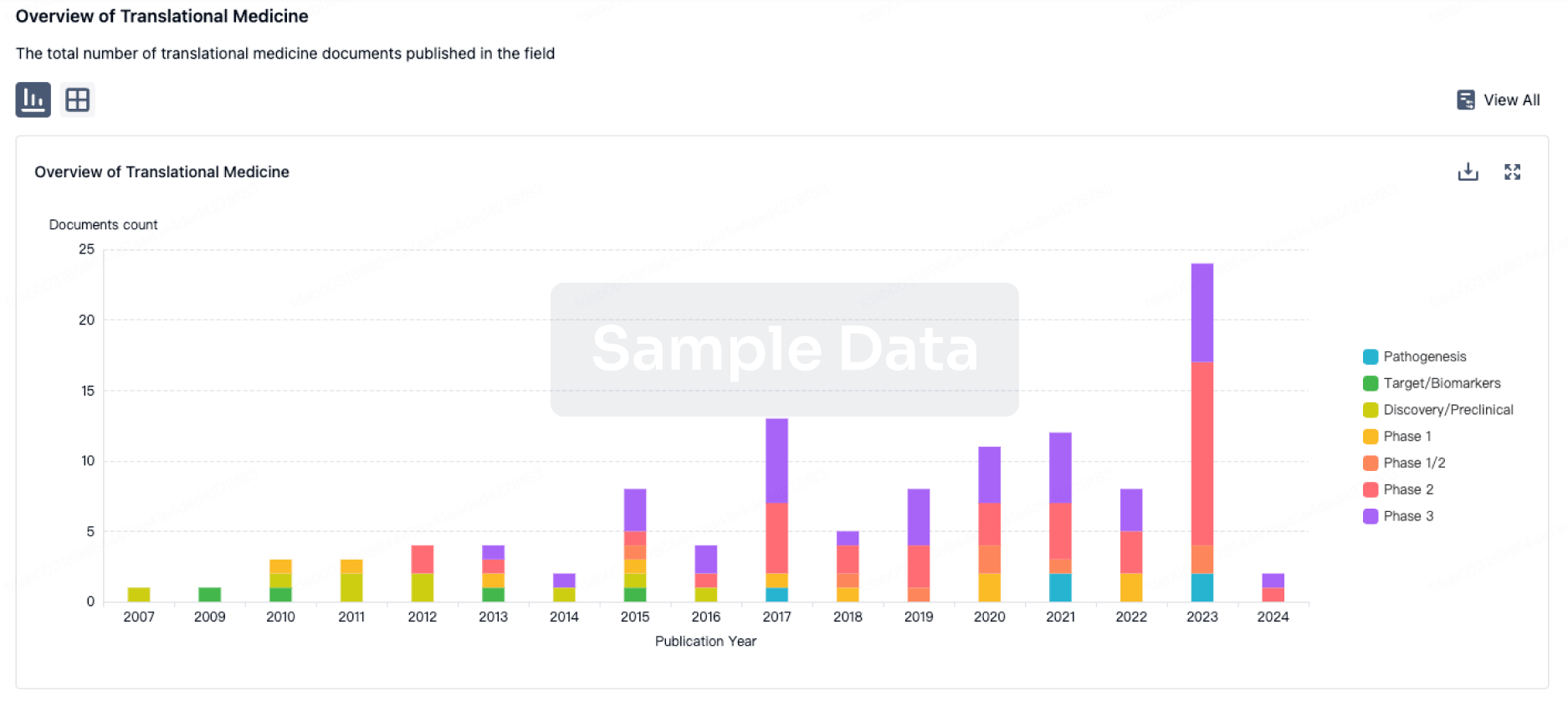
Deal
Boost your decision using our deal data.
login
or
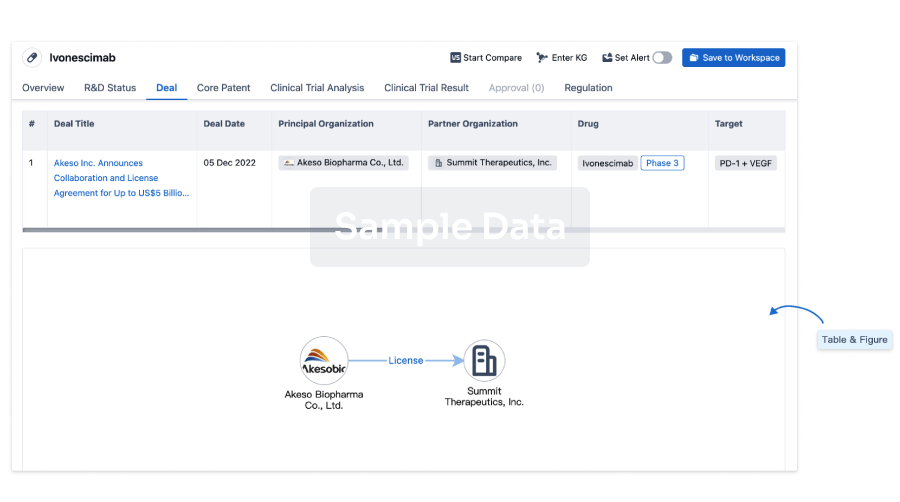
Core Patent
Boost your research with our Core Patent data.
login
or
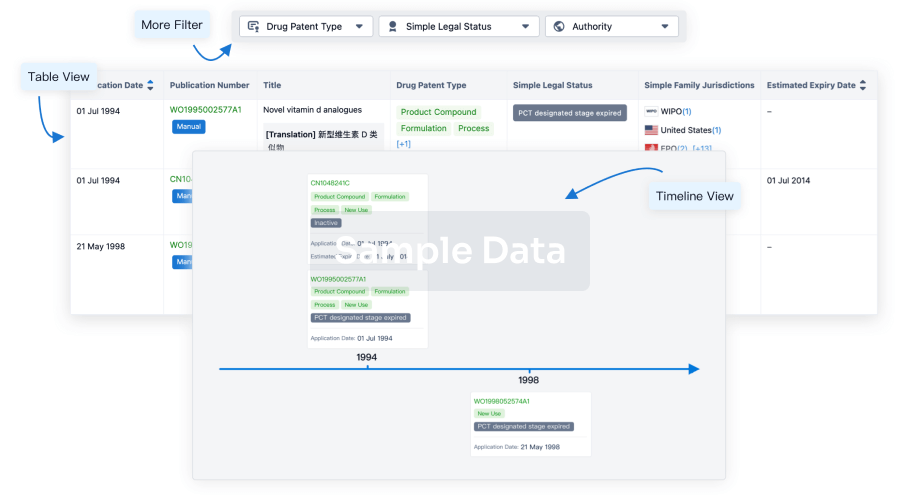
Clinical Trial
Identify the latest clinical trials across global registries.
login
or
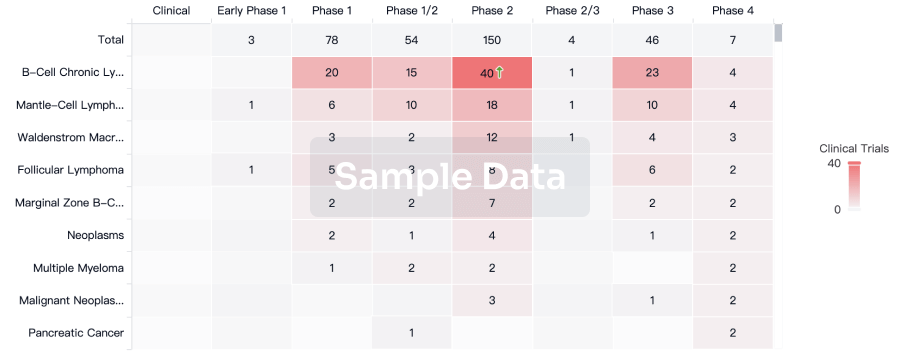
Approval
Accelerate your research with the latest regulatory approval information.
login
or
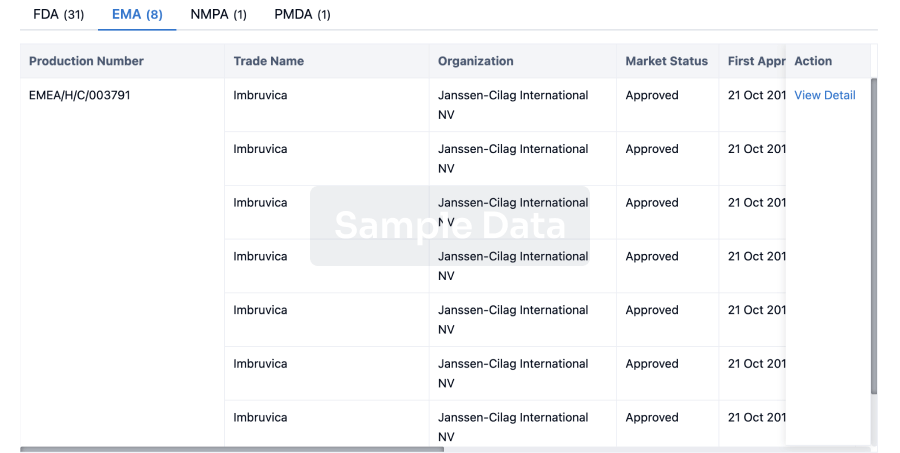
Biosimilar
Competitive landscape of biosimilars in different countries/locations. Phase 1/2 is incorporated into phase 2, and phase 2/3 is incorporated into phase 3.
login
or
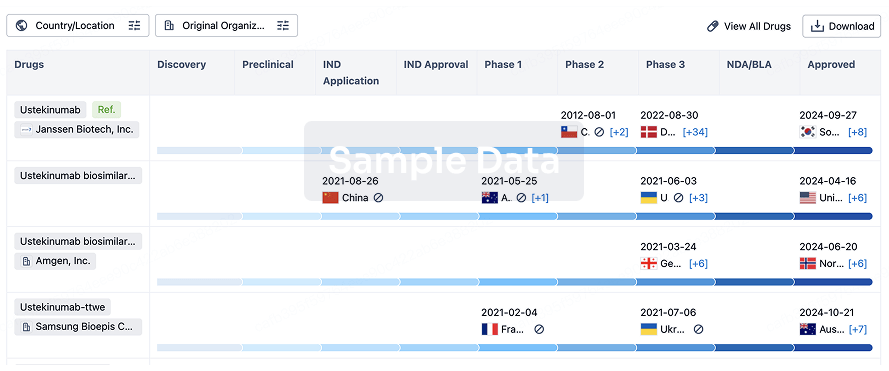
Regulation
Understand key drug designations in just a few clicks with Synapse.
login
or
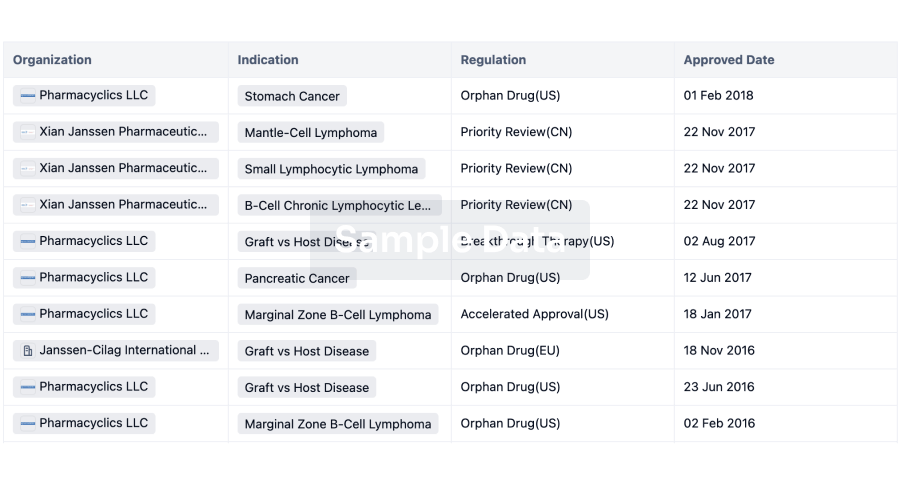
AI Agents Built for Biopharma Breakthroughs
Accelerate discovery. Empower decisions. Transform outcomes.
Get started for free today!
Accelerate Strategic R&D decision making with Synapse, PatSnap’s AI-powered Connected Innovation Intelligence Platform Built for Life Sciences Professionals.
Start your data trial now!
Synapse data is also accessible to external entities via APIs or data packages. Empower better decisions with the latest in pharmaceutical intelligence.
Bio
Bio Sequences Search & Analysis
Sign up for free
Chemical
Chemical Structures Search & Analysis
Sign up for free

